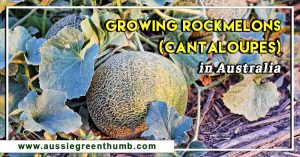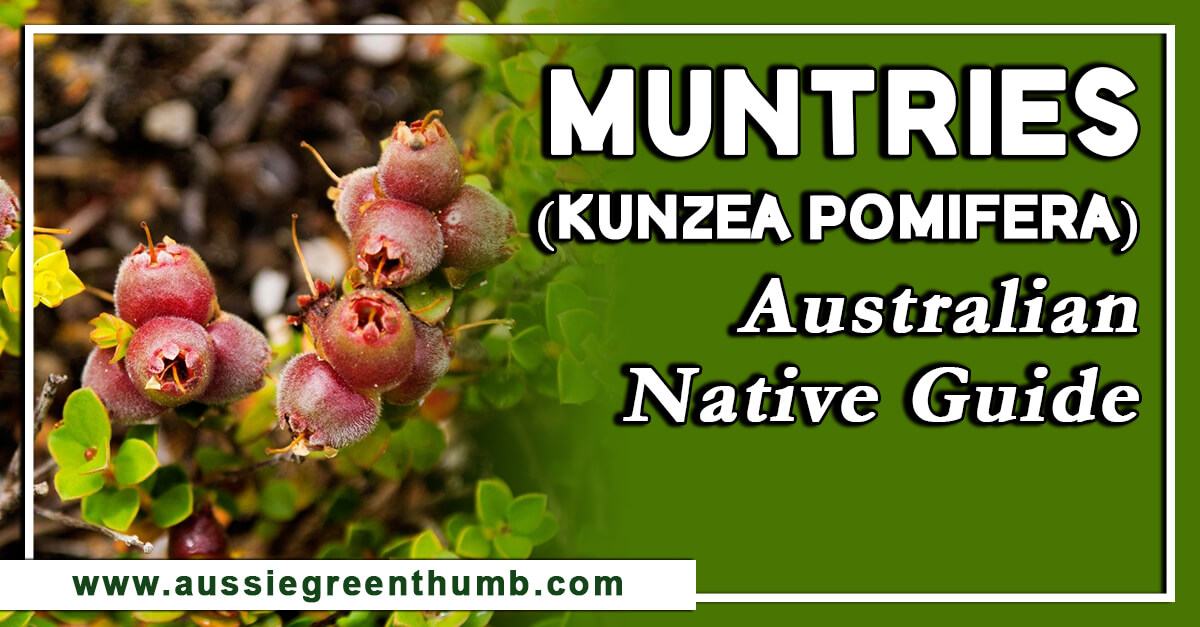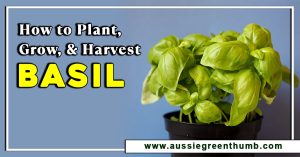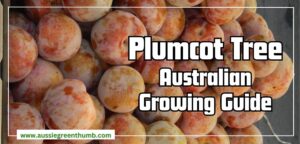Grevillea ‘John Evans’ is an Australian hardy native shrub, which is very easy to grow and produces an attractive display of pink-red flowers. If you are looking for a low-maintenance plant to attract native birds and bees to your garden, Grevillea ‘John Evans’ is the plant for you!
This gardening guide provides practical tips on where to plant this beautiful native, how to care for the Grevillea ‘John Evans’, and when it flowers.
More...
Botanical name: | Grevillea ‘John Evans’ |
|---|---|
Botanical family: | Proteaceae |
Getting to Know Grevillea ‘John Evans’
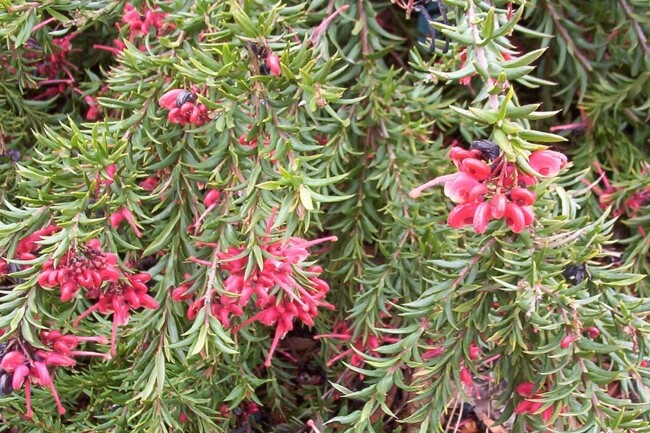
Grevilleas are commonly known as spider flowers or toothbrush plants. Grevilleas are the third-largest group of Australian native plants and come in a wide range of sizes and colours. There are over 350 species of grevillea, so there is one to suit every garden and gardener. They are famous for their spider-like flowers.
Grevillea ‘John Evans’ is a cultivar that grows well in cool and temperate regions of Australia. They do well in dry climates. This beautiful native is a compact to medium-sized evergreen shrub, growing to between 70-140cm tall and wide. It has a dense foliage of fine needle-like, dark green leaves.
They are heat and drought tolerant plants that can also withstand light frost when established.
When Does Grevillea ‘John Evans’ Flower?
This Australian native generally flowers from winter through spring. The small pink to red cream flower blooms are a magnet to native small birds, bees, and other beneficial insects.
Growing Grevillea ‘John Evans’
Best Soil for Grevillea ‘John Evans’
Grevillea ‘John Evans’ isn’t fussy when it comes to soil. It adapts to and grows well in any well-drained soil. It will do best in slightly acid soil. If using a potting mix, look for a quick draining medium, ideally without a long list of additives or wetting agents.
Where to Position Grevillea ‘John Evans’ in Your Garden
The best spot for growing these natives in your garden is an open, sunny position. Grevillea ‘John Evans’ is a sun-loving plant so ideally, plant in full sun. They will also tolerate a semi-shaded position in your garden.
Grevillea ‘John Evans’ works equally well in the garden or container. It is also often used as a hedge, given how well it responds to pruning.
How Care for Grevillea ‘John Evans’John Evans
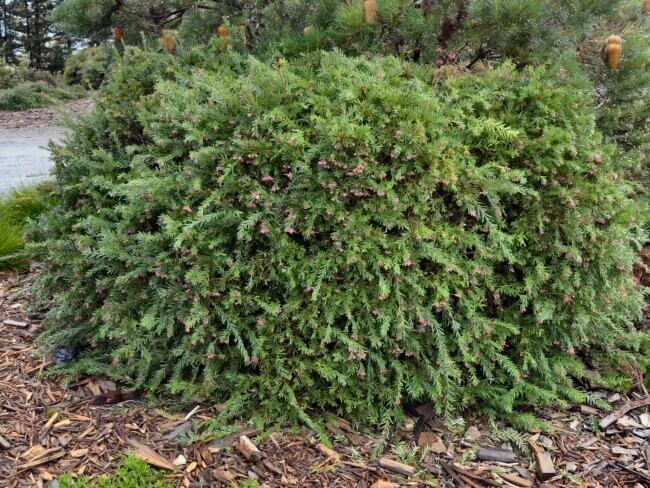
Source: The Native Shop
Grevillea ‘John Evans’ is a hardy and low-maintenance plant. The native doesn’t need any additional fertiliser to thrive in your garden. They are also generally free from problems with pests and diseases. Native birds love these plants, and this helps keep insects and pests under control.
They are drought tolerant plants and rarely require watering. It is a mistake to overwater them, as they don’t like their roots sitting in wet soil. If you have planted Grevillea ‘John Evans’ in a pot, make sure to let the soil dry out completely between watering again.
If mulching around your grevillea, make sure to keep the mulch away from the stem as this may promote fungal disease. Don’t be put off though as mulching is a good idea to prevent weeds and retain water.
You should prune these native plants at least once a year to ensure they keep their shape and encourage flowering. The best time to prune Grevillea ‘John Evans’ is after it has finished flowering in early spring. You might even get lucky, and your spring pruning could result in a repeat performance of flowers.


Get Your Free Guide:
Master Growing Australian Natives eBook
A Must Have Complete Guide for Every Australian Garden
Get Your Free Guide:
Master Growing Australian Natives eBook
A Must Have Complete Guide for Every Australian Garden
Wrapping Up Guide to Growing and Caring for Grevillea ‘John Evans’
Grevillea ‘John Evans’ is low maintenance and a tough native plant which is ideal for most Australian gardens. After they are established, you really don’t have to do much other than prune them semi-regularly. They are rarely impacted by pests and diseases and are generally problem-free.
So, just sit back and enjoy the flower show and all the wildlife this fantastic native plant attracts. Get in touch if you have any questions about how to grow Grevillea ‘John Evans’
Published on August 24, 2023 by Gary Clarke
Last Updated on September 19, 2024

